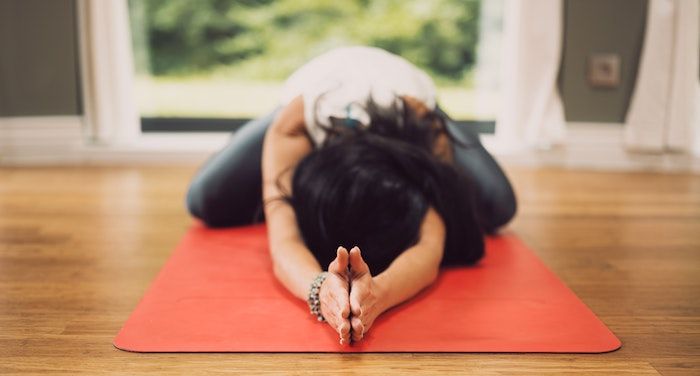
17+ Essential Books for Yoga Teachers
Being a yoga teacher is a privilege, an honor, and a tremendous responsibility. I find this to be especially important to remember as a white yoga teacher, as yoga is part of a culture I don’t belong to. It’s my duty to listen to those for whom yoga is their heritage and to cede the floor to their wisdom. I have and will continue to forever learn from those teachers, and part of that learning comes through deepening my understanding of and reading of books for yoga teachers.
Yoga has a complicated history, with origins stretching back more than 3,000 years in what is modern day India. There’ve been a number of influential leaders throughout the centuries, leading to teachers earning distinction as guru, whether or not it’s earned. Some are known abusers, having allowed their ego to step in front of the foundational practices and philosophies of yoga.
But emerging from these complex histories are fresh voices, reexamining the classics texts of yoga and presenting to teachers and students new, modern, and progressive ways in which the practice endures. Some of these books come from traditional publishers, but many come either from small presses, specialty presses, or are self-published; it should be of little surprise by now that many are by authors of color, reclaiming their space in yoga and needing to do so from the ground up.
A few years ago, I complied a collection of the best yoga books for beginners. Consider this list of the best books for yoga teachers to be the next step. Whether you’re a teacher or a student of yoga — and any teacher will tell you that you’re always a student, no matter what title you may attain — these books take on big, meaty topics in yoga. These are not asana-focused books, even though asana may emerge. Instead, they explore the philosophies, the history, and the modern contextualization of yoga.
It never ceases to amaze me that modern yoga influencers, primarily white ones, practice spiritual bypassing, pass conspiracy theories off as truth, decry science in favor of “natural” remedies, and believe that yoga is not political. The exact opposite is true on all counts: yoga demands we sit with our spiritual selves and beliefs and take action upon them. This is literally laid out in the Sutras, nestled right there in the yamas and niyamas (the restraints and actions we’re to take as individuals on our path to liberation). Yoga believes in science equally as much as more homeopathic methods of health and wellness, and it’s important to state that plainly, particularly during a pandemic where leaders within the community deny vaccinations. You don’t lack an understanding of Ahimsa more when you eschew a tool meant to protect others from harm because you have the privilege to do so.
Now, more than ever, we have a responsibility as yoga teachers to return to learning and self-reflection. We have the responsibility to turn that knowledge into action.
Most of these books are “yoga books.” But some of them are not. Combined, these books provide tools for expanding one’s ways of seeing the world, as well as participating in it, through yoga teachings. As one of my teachers said in each of his training modules, the more tools you have in your yoga belt, the better a teacher you become.
The Best Books for Yoga Teachers
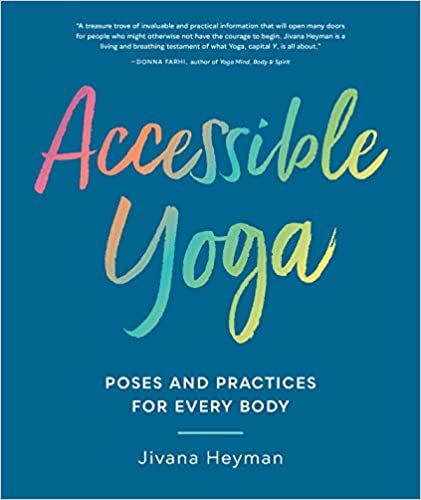
Accessible Yoga: Poses and Practices for Every Body by Jivana Heyman
One of the most common refrains I hear from students is that they waited too long to come to a yoga class because they didn’t think anyone would look like them. The fact is, yoga studios and the yoga industry in the U.S. have made white, thin, able bodies the norm in marketing, putting off the vast majority of folks who don’t fit that mold. Heyman’s book is a look at poses, practices, and modifications intended to suit a wide range of bodies who deserve to practice yoga. Any yoga teacher worth their salt offering asana-based classes needs to be able to meet and work with any student walking through the door, and this book is a vital tool in helping reframe the ideas of what “correct” or “ideal” alignment and shapes are in practice.
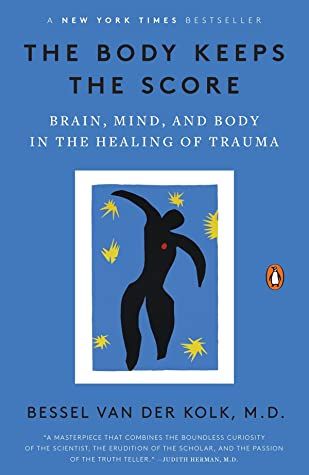
The Body Keeps the Score: Brain, Mind, and Body in the Healing of Trauma by Bessel van der Kolk M.D.
Every yoga class should be trauma informed, especially in today’s world. Van Der Kolk’s now-classsic book on the ways our bodies hold onto trauma is a must read for understanding the role of trauma not just in the physical sheath, but also minds, brains, and emotions. This could unlock a lot of powerful insight when applied personally and though it’s not a yoga teacher’s job to be a therapist, psychologist, or psychiatrist, having this knowledge in your back pocket helps you make the best choices with the best language while leading students in a class of any kind.
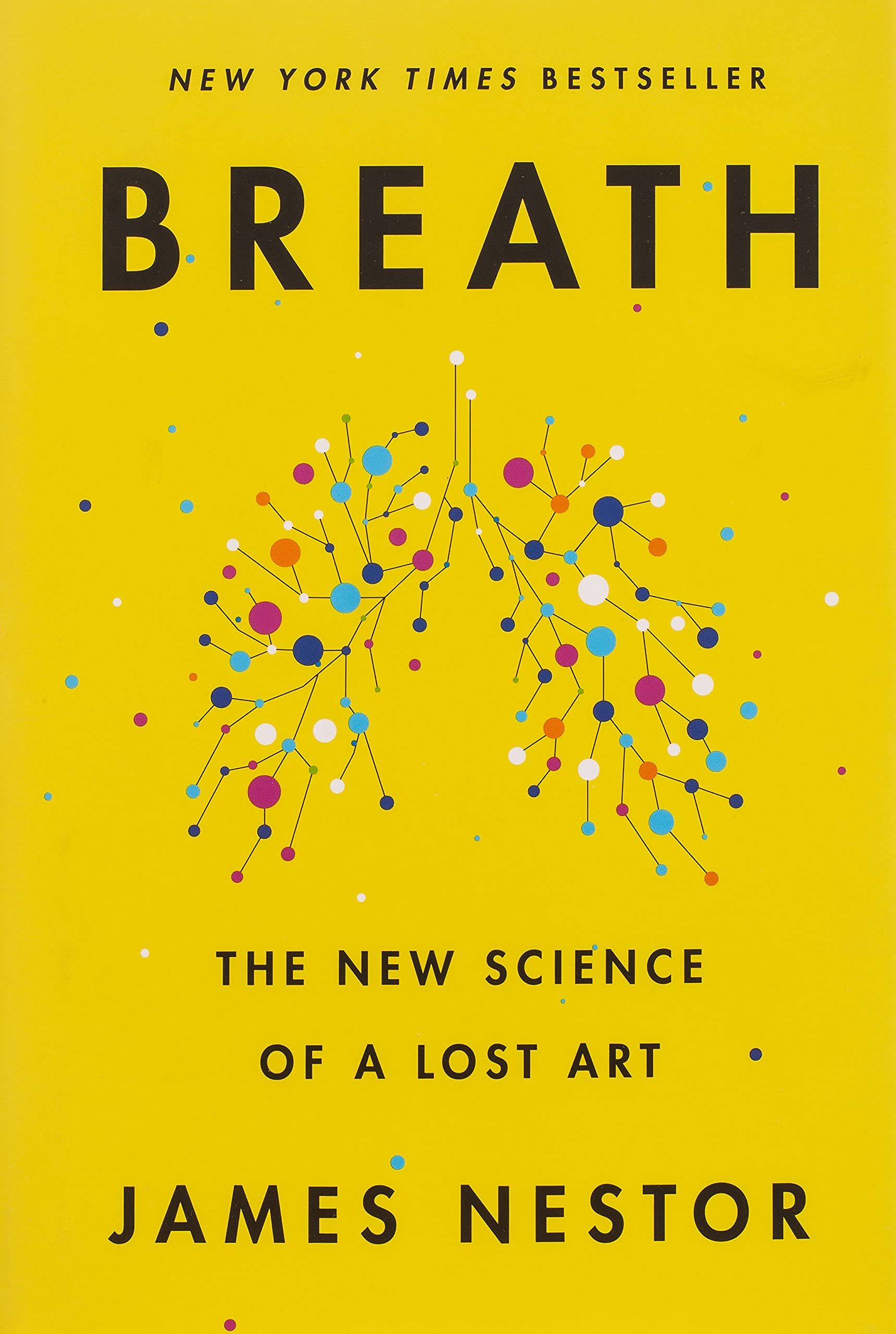
Breath: The New Science of a Lost Art by James Nestor
Any teacher who doesn’t believe they could offer an entire yoga class that does nothing but focus on breath (pranayama is a whole limb in and of itself!) will absolutely benefit from Nestor’s deep dive into the power of breathing — the same, of course, is true for those who weave breath work into each and every class they teach. Get to know the science of breathing and why it plays such a vital role in our lives, as well as the means in which it directly impacts our brains. This is readable science and would make a fantastic book recommendation for students, too, curious about how to incorporate more conscious breathing into their every day.
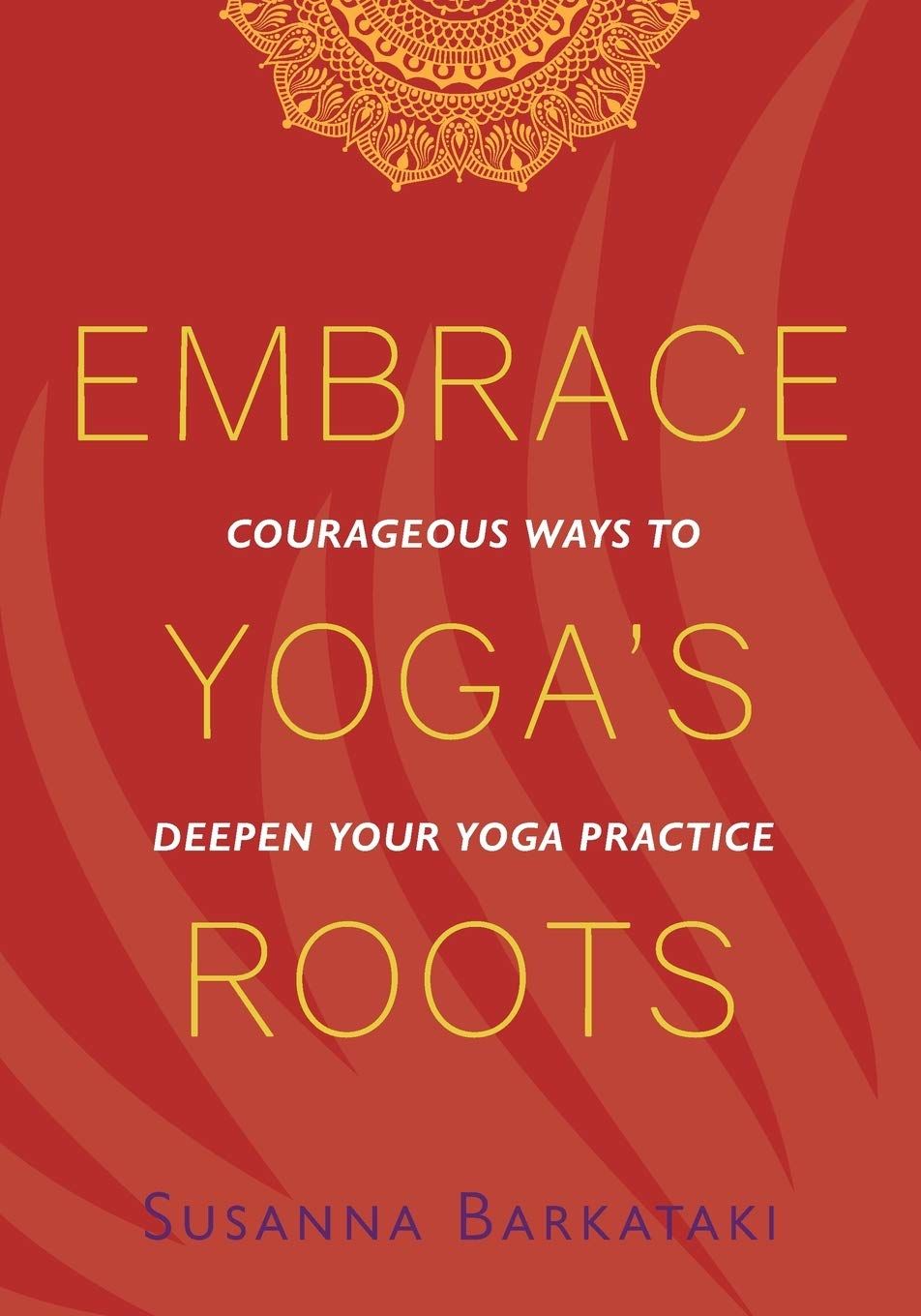
Embrace Yoga’s Roots: Courageous Ways to Deepen Your Practice by Susanna Barkataki
To be a teacher, you have to understand the roots and foundations of what you’re sharing, and Barkataki’s book is an essential tool. Get to know the deep wisdom and roots of yoga practice — most of which is outside of asana — and learn how to integrate ancient wisdom and insight into today’s modern practice. The book offers four key steps to ensure practitioners are honoring, as opposed to appropriating, the practice: Separation, Reflection, Reconnection, and Liberation.
Those, of course, are key to all of the limbs of yoga and the first two, yama and niyama, in particular.
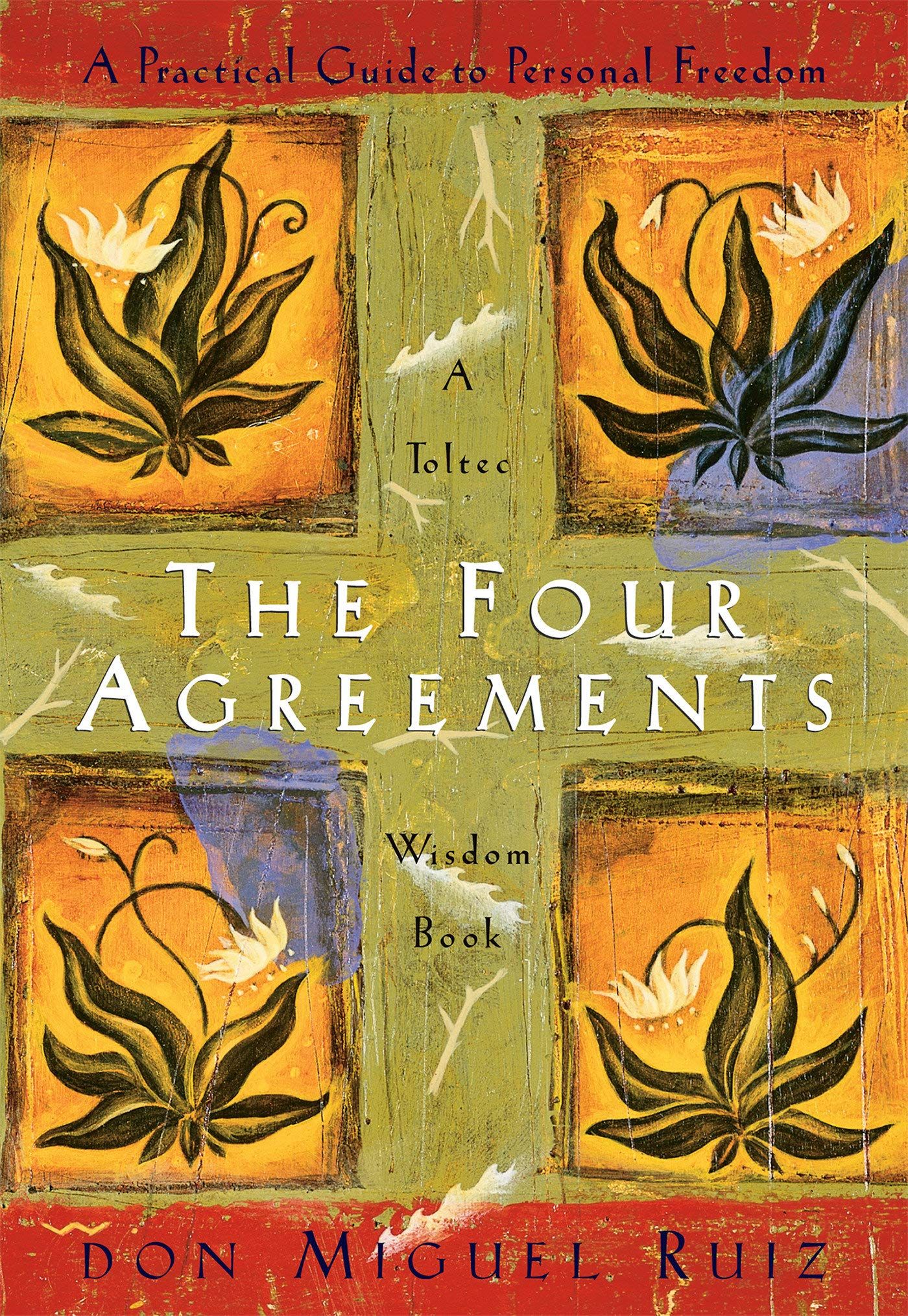
The Four Agreements: A Practical Guide to Personal Freedom by Don Miguel Ruiz
Based on Toltec wisdom, Ruiz’s book is a classic within many yoga circles for a reason. The book dives into four rules for helping discover personal liberation and freedom from limiting beliefs.
I’m not someone who believes we can manifest our way to liberation, but Ruiz’s book manages to offer practical ways to reframe thinking that don’t bypass the work needed to implement change. The applicable skills here can be easily thread into an asana class, especially through questions asked to students in long holds or challenging ones.
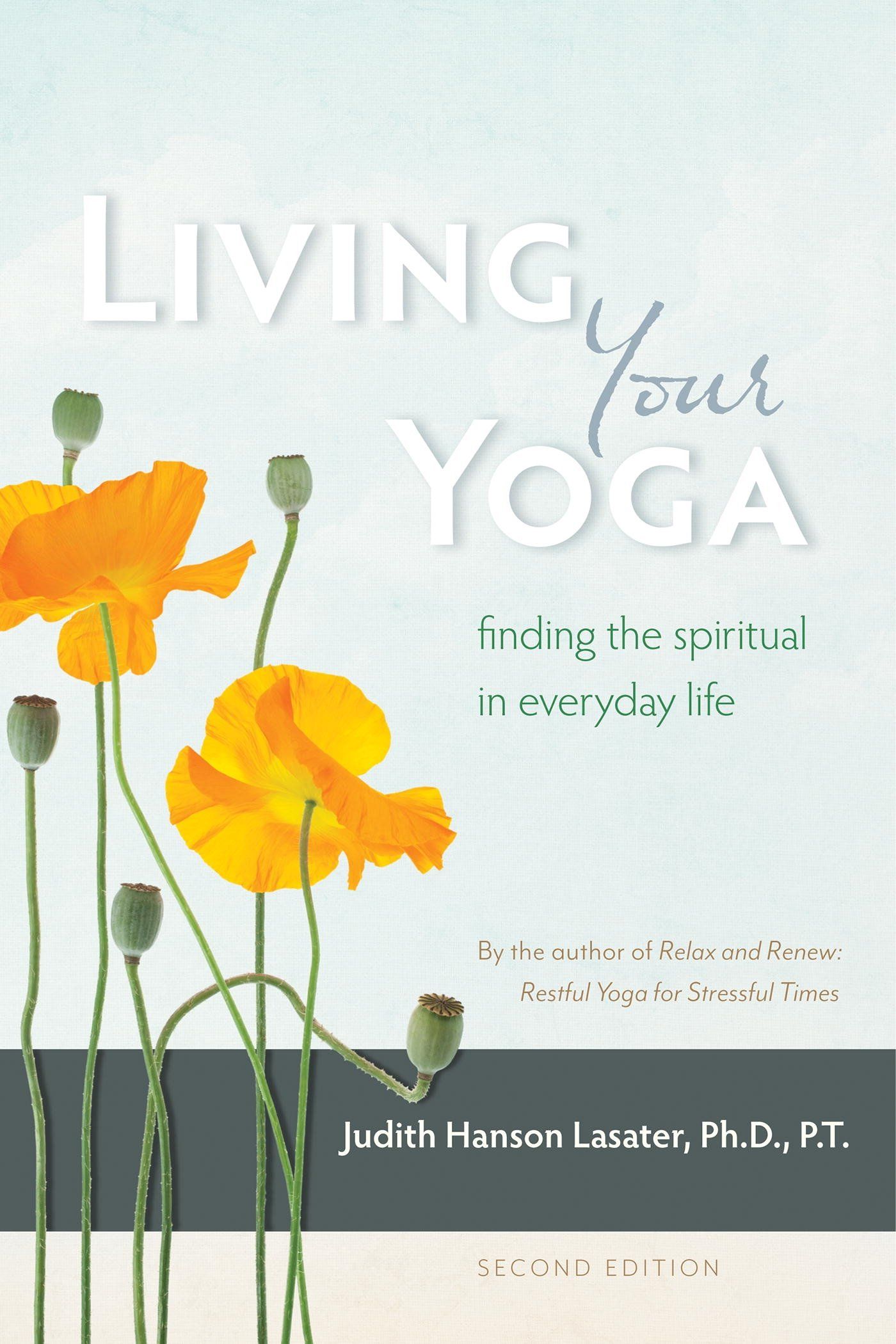
Living Your Yoga: Finding The Spiritual in Everyday Life by Judith Hanson Lasater
Living Your Yoga is a crucial reminder that yoga doesn’t just happen on the mat, in downward dog, or in headstand. It happens off the mat, when you’re faced with your life head-on. Pulling from the Sutras and the Bhagavad Gita, the book offers insight from the ancient texts and offers ideas for how to apply them in daily life.
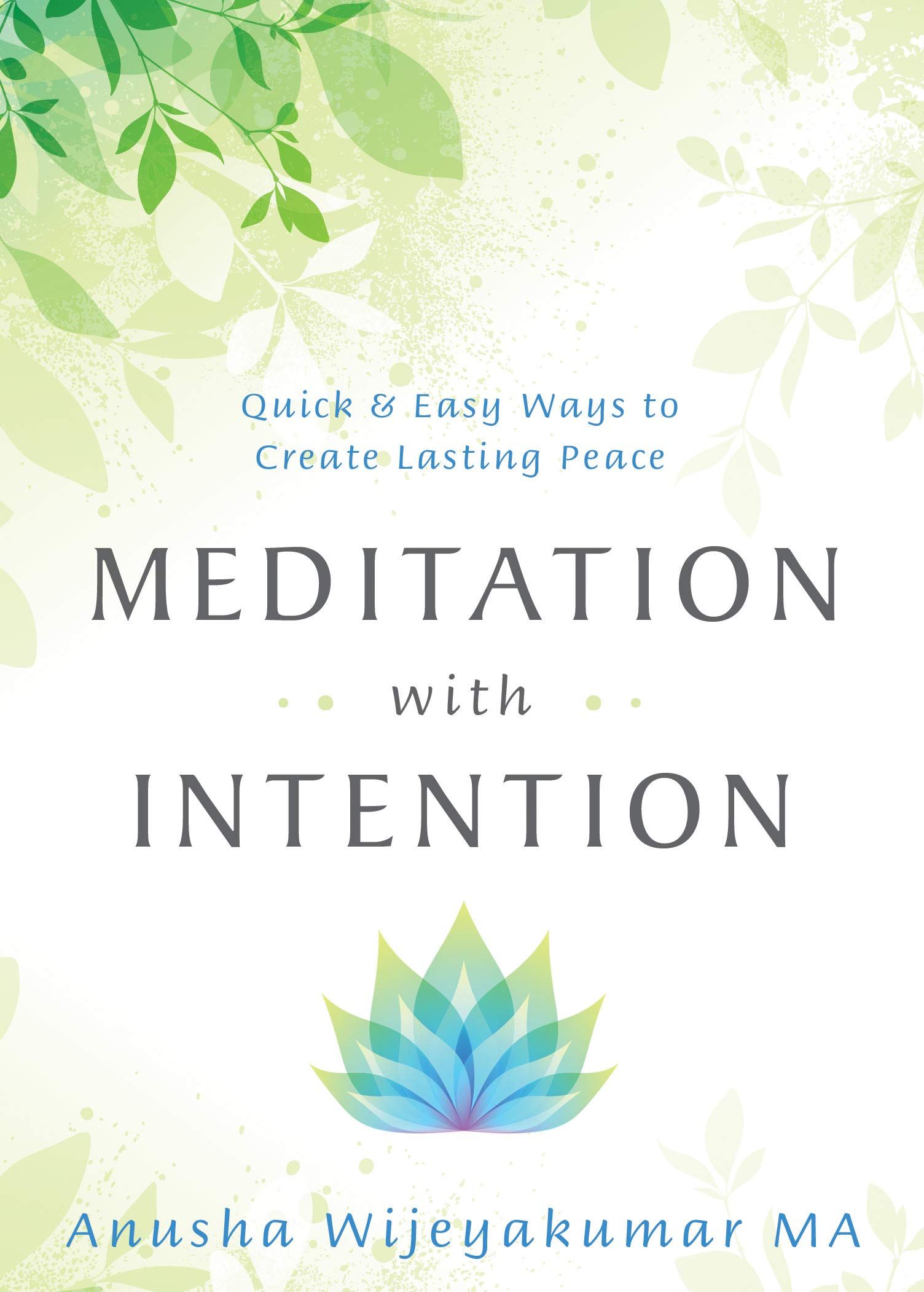
Meditation with Intention: Quick and Easy Ways to Create Lasting Peace by Anusha Wijeyakumar
Blending eastern wisdom with western life, Wijeyakumar developed a renowned meditation program for Hoag Hospital in California. This book puts what she did into practice for everyday use, offering a wide range of short meditations across a wide range of needs like heart opening, truth, chakra balancing, and more. Too often, teachers can forget the power of skipping a sequence and instead, sitting and leading a meditation with students. Use five minutes to ground, energize, and bring life to your classes — and your own personal practice.
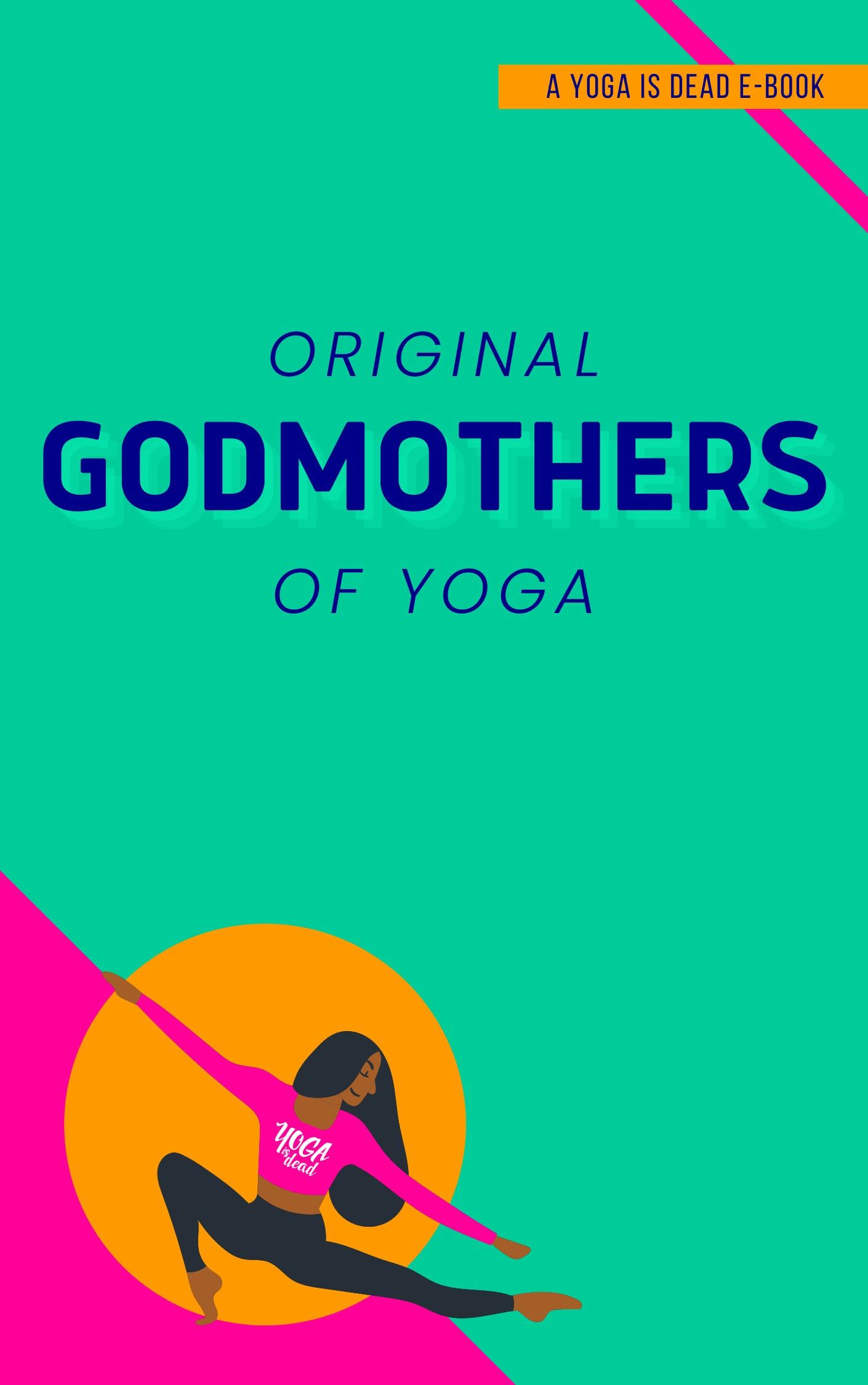
Original Godmothers of Yoga by Tejal Patel and Jesal Parikh
Patel and Parikh created one of the most important yoga podcasts out there, Yoga Is Dead. These two have written their first ebook together — available through their website — digging into the history of the women behind yoga. Forget the whitewashed history of yoga in the west. Pick up this one and learn about the foremothers who you likely would otherwise miss out on.
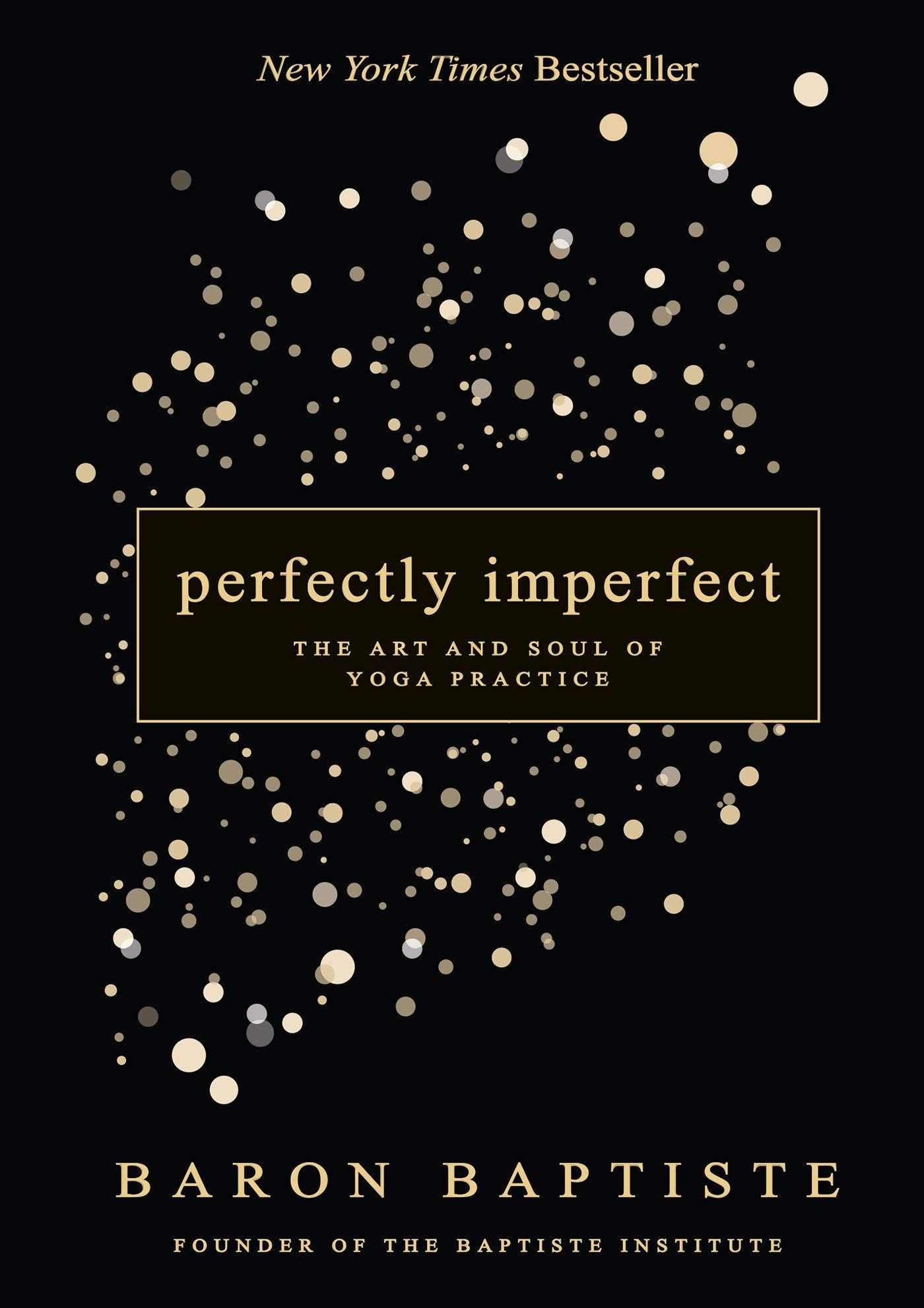
Perfectly Imperfect: The Art and Soul of Yoga Practice by Baron Baptiste
You do not need to teach or be educated in the Baptiste style to get a lot of insight, wisdom, and inspiration from this book. A bold and empowering book, this will take you from the physical and mental postures we practice into deeply transformative work that applies on the mat and once you or students depart. What makes Baptiste’s book worthwhile is how it invites you to begin right where you are, and as a teacher, you can implement the thoughts and insights offered in the book immediately. The point is to start right where you are and live into your own truth and power from that perfectly imperfect place. I’ve pulled a number of great lines from this one as ways to open and close my classes.
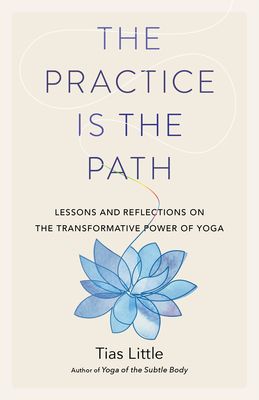
The Practice is the Path: Lessons and Reflections on the Transformative Power of Yoga by Tias Little
What does it mean to be on the yoga path and what does that path look like once you break free of the performance of yoga?
I’ve had the privilege of taking a few of Little’s workshops, and he has been teacher to a few of my own teachers. His work on the subtle body is crucial for teachers, as is this book, which is a reflection on what yoga looks like over the course of a lifetime. Too often, we’re pushing harder, faster, and more, but Little emphasizes that there’s so much to be learned and discovered when you slow down and hit pause and invite spontaneity.
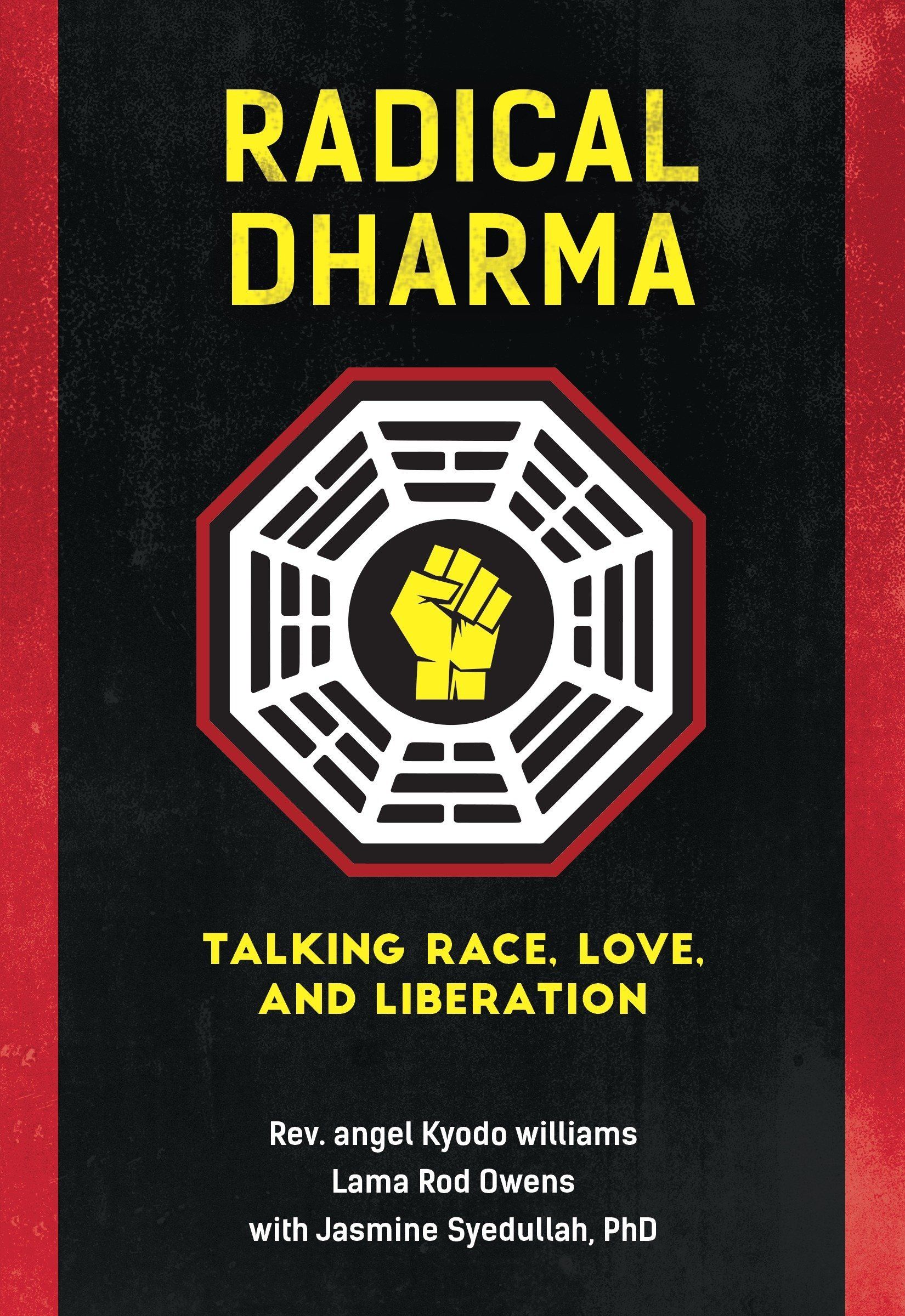
Radical Dharma: Talking Race, Love, and Liberation by Rev. angel Kyodo williams, Lama Rod Owens, and Jasmine Syedullah
Yoga is radical, and coming to the practice on and off the mat with the goal of liberation should be a teacher’s dharma. This vital read is a look at how white supremacy has woven into spiritual practices like yoga and offers actionable steps to avoid appropriation and engage in activism.
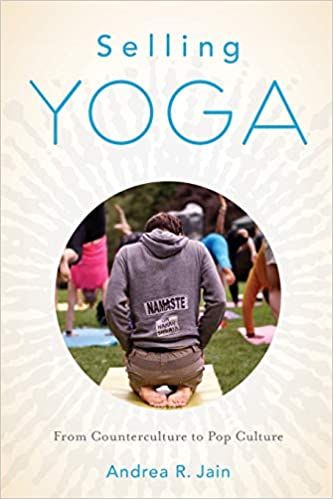
Selling Yoga: From Counterculture to Pop Culture by Andrea Jain
What made yoga become what it is in the west as a commodified athletic endeavor? Certainly, not all lineages or teachers prescribe to that line of thinking, but it does pervade the culture and impact how teachers and students perceive “yoga.” Jain’s academic text digs deep into the roots of yoga and how it went from being a practice beyond culture to one that has become situated in popular conscious. This is a solid pick for those who want to know more about the lineages of yoga popular in the West and how they came to be.
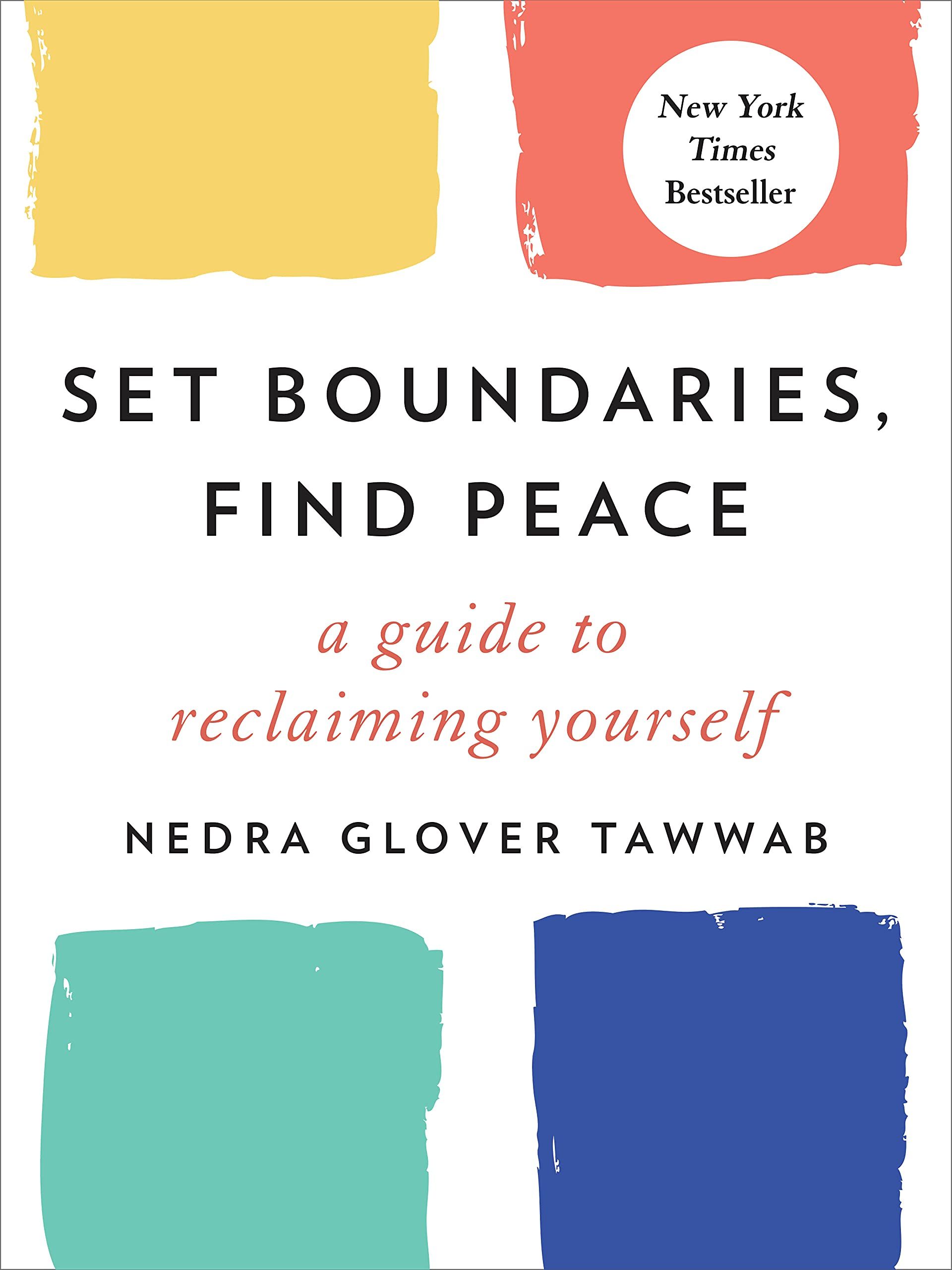
Set Boundaries, Find Peace by Nedra Glover Tawwab
One of the most important lessons in my 500-hour training was on boundary work, and while learning to set and maintain boundaries is life-long, it’s a skill set essential to teaching yoga. It’s far too easy to burn out, to find yourself feeling like you’re stale, and to forget that the practice means you, too, need to fill your own cup up, rather than continuing to give.
Set Boundaries, Find Peace is a practical tool for developing boundaries, rooted in cognitive behavioral therapy. The work you do to build boundaries will have a powerful effect on students, too, as they learn where and how they need to find their peace through them.
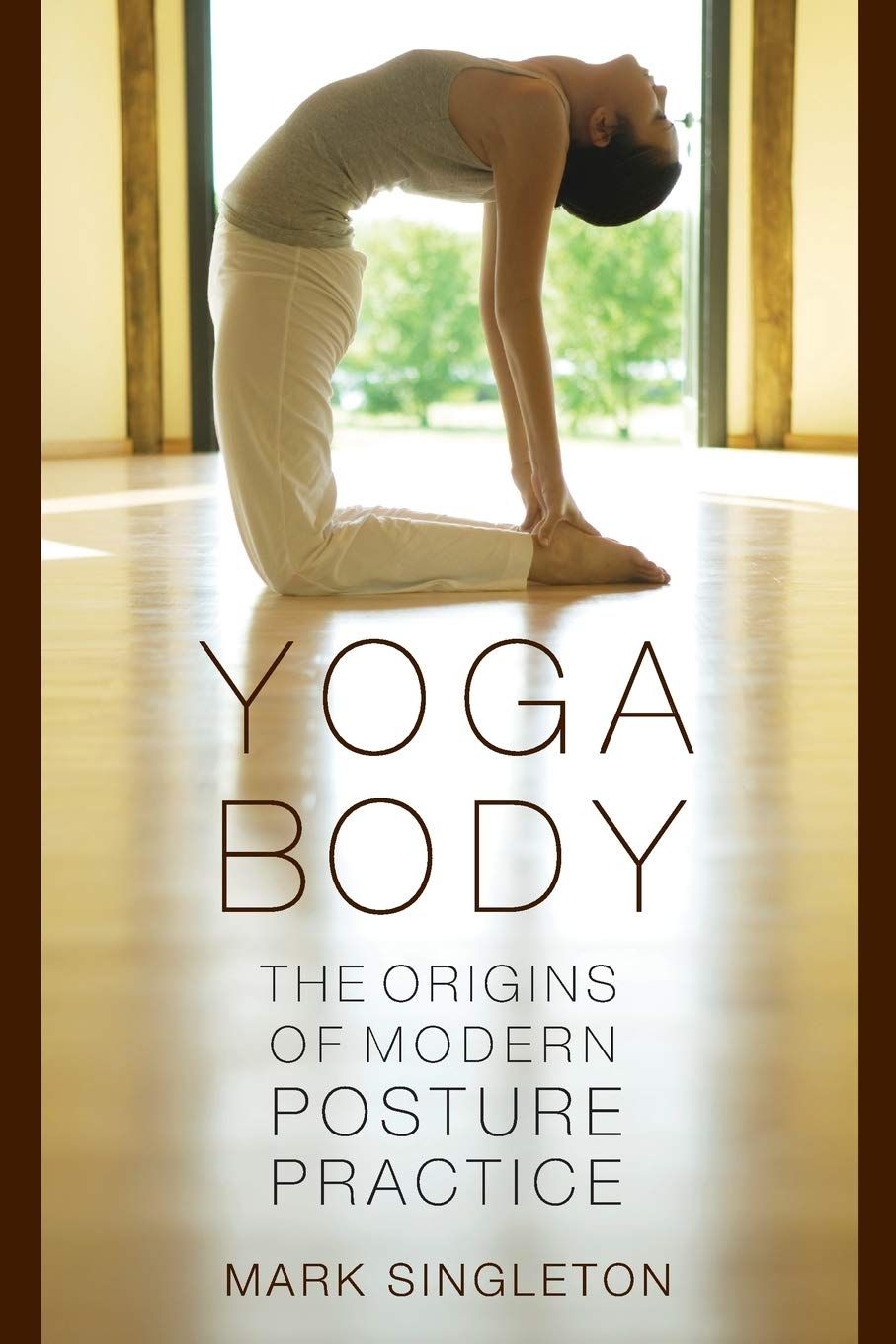
Yoga Body: The Origins of Modern Posture Practice by Mark Singleton
When this book came out in 2010, it was seen as potentially controversial for aligning modern asana practice not with yoga’s roots in India, but rather, European and American bodybuilding and gymnastics. At least in the places I’ve been, this isn’t controversial — we discuss regularly how the lithe, adolescent, white male body was the template from which modern postures emerged.
Singleton’s book offers a look at the origins of contemporary asana in a way that’s crucial for yoga teachers to understand. This book explores the whiteness brought to the postures, alongside the ableist mentalities associated with doing the post “right.”
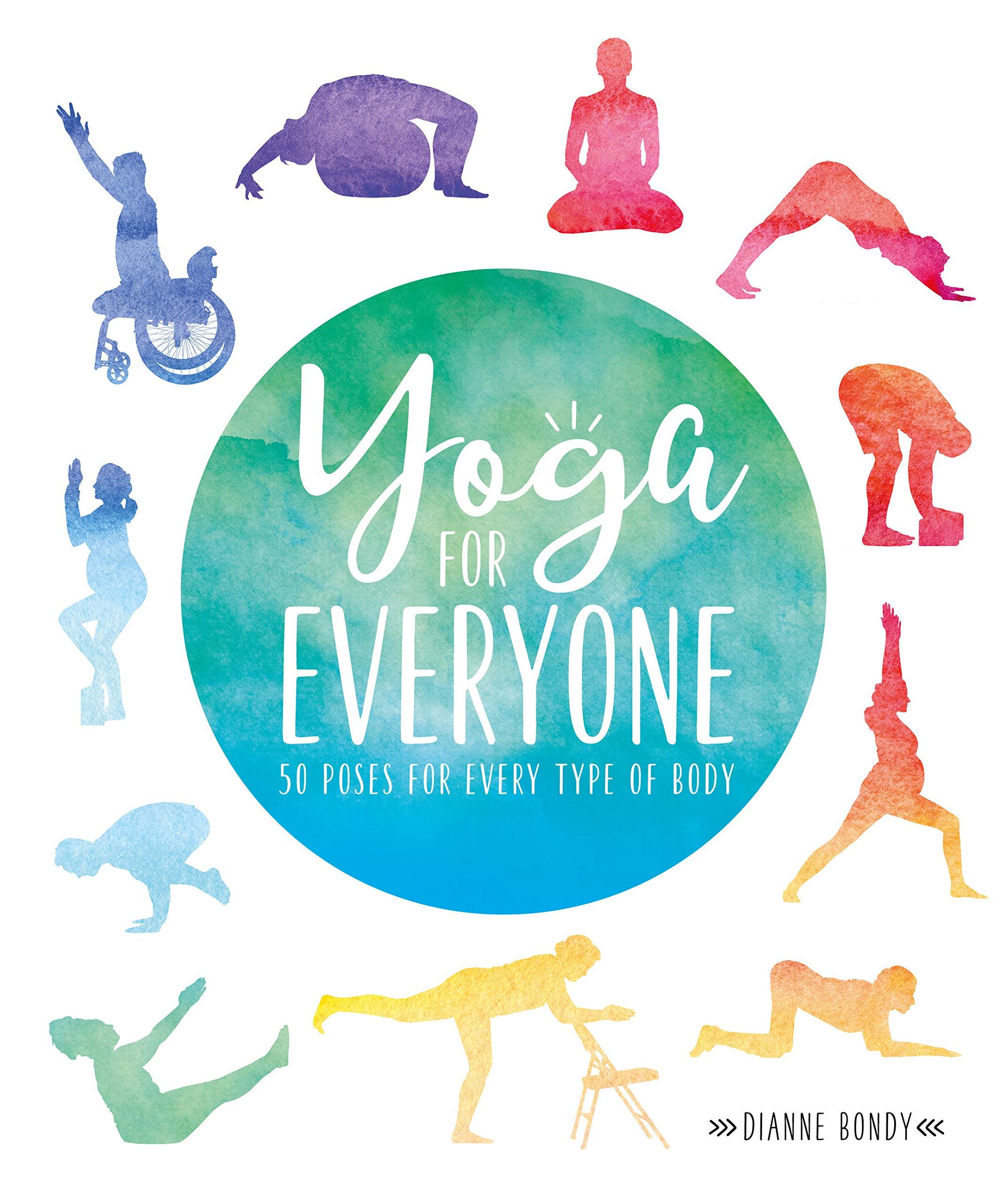
Yoga for Every Body: 50 Poses for Every Type of Body by Dianne Bondy
Until I taught chair yoga, I hadn’t realized just how many poses are wildly adaptable to every single body. Bondy’s book is a guide for teachers who want to be as inclusive as possible of all body types and abilities in their physical classes. Teachers who can only teach to their own body type aren’t effective, but the tools to expand the possibilities exist in books like this one.
A bonus recommendation here: if you want to discover how many incredible ways you can incorporate a chair into your teaching or practice — chair focused class or not — you’ll do well with A Chair for Yoga by Dr. Eyal Shifroni.
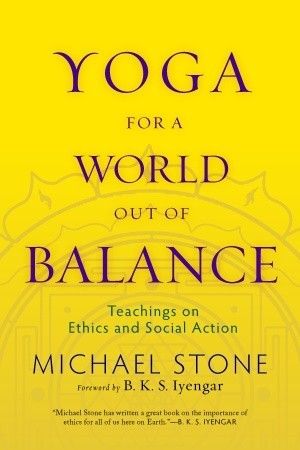
Yoga for a World Out of Balance: Teachings on Ethics and Social Action by Michael Stone
Yoga is action. This is a look at the yamas and how they intertwine with being not just a better human, but part of a global world that is entirely one and whole. The practice of yoga isn’t about fitness or about hitting that cool pose. It’s about finding stillness and wholeness within, so that we’re all better prepared to do good for the world, coming from a place of non-attachment, non-greed, non-theft, and energy control. The examples here are extremely easy to connect with and make it clear that living a yogic life isn’t a passive one. It’s also not about transcendence. It’s about radical presence and understanding ecology and our role within it.
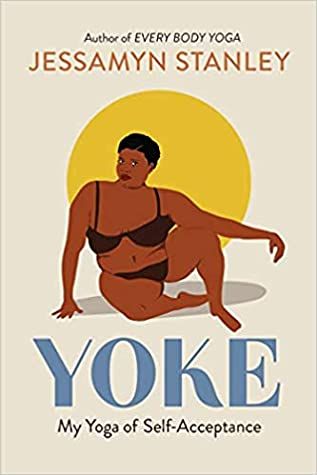
Yoke: My Yoga of Self-Acceptance by Jessamyn Stanley
Reading this book made me realize how quick I am to judge the teachers and students I see obsessing over hitting a handstand or setting “goals” related to their physical movements. Perhaps, for them, this is how they find that enlightenment that I find far more through breath and meditation. Who am I to judge that?
Stanley’s book is approachable, and it’s one to have on hand not only for yourself but for students curious about going deeper in their practice. Essays span cultural appropriation, fatness, colonization and capitalism, and so much more. They’re explored through the lenses of the yoga sutras, and Stanley offers outstanding explanations for why sitting back and practicing ~good vibes only~ is bullshit.
If sitting in discomfort is something you teach to students, this book will certainly put you right there to practice, too.
Want more books for teaching yoga? These seven books should be on your yoga books shelf. I also highly recommend getting to know some fat yoga teachers who offer classes and trainings online, as they will not only help you develop more skills in teaching a wide range of bodies, but they will lead you to even more outstanding online yogis — especially from the global majority — adding even more opportunities to learn.











